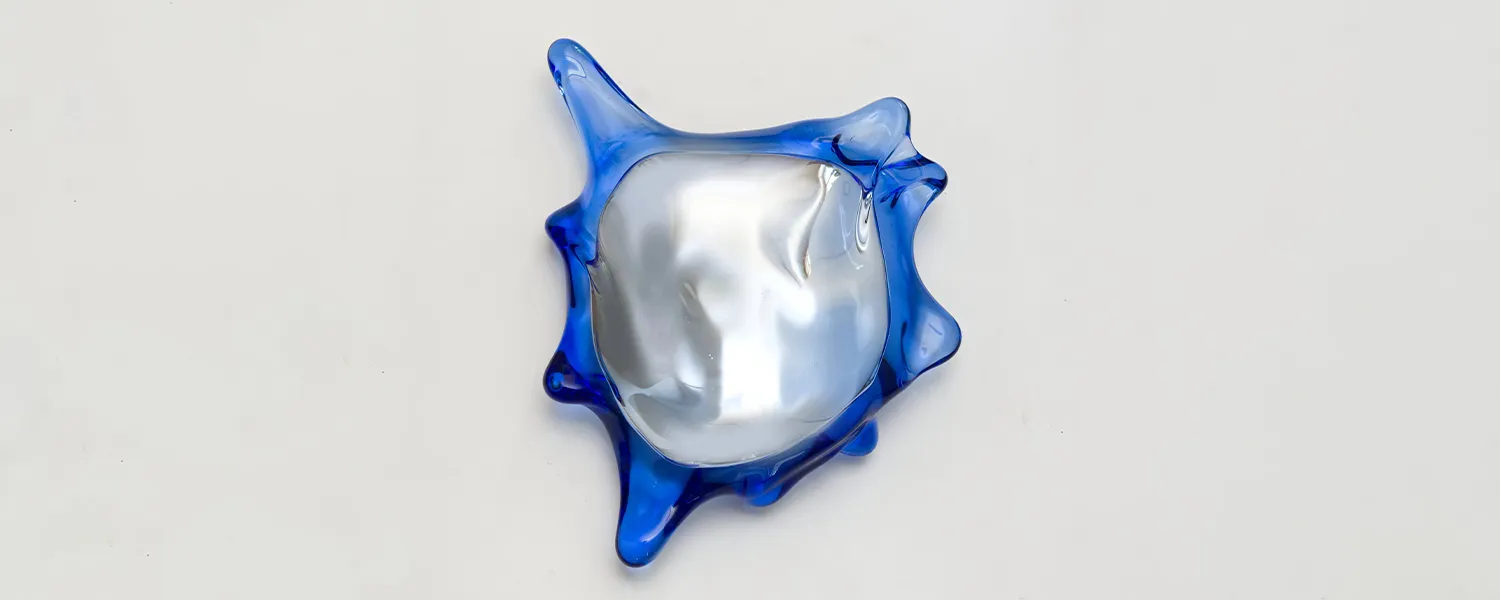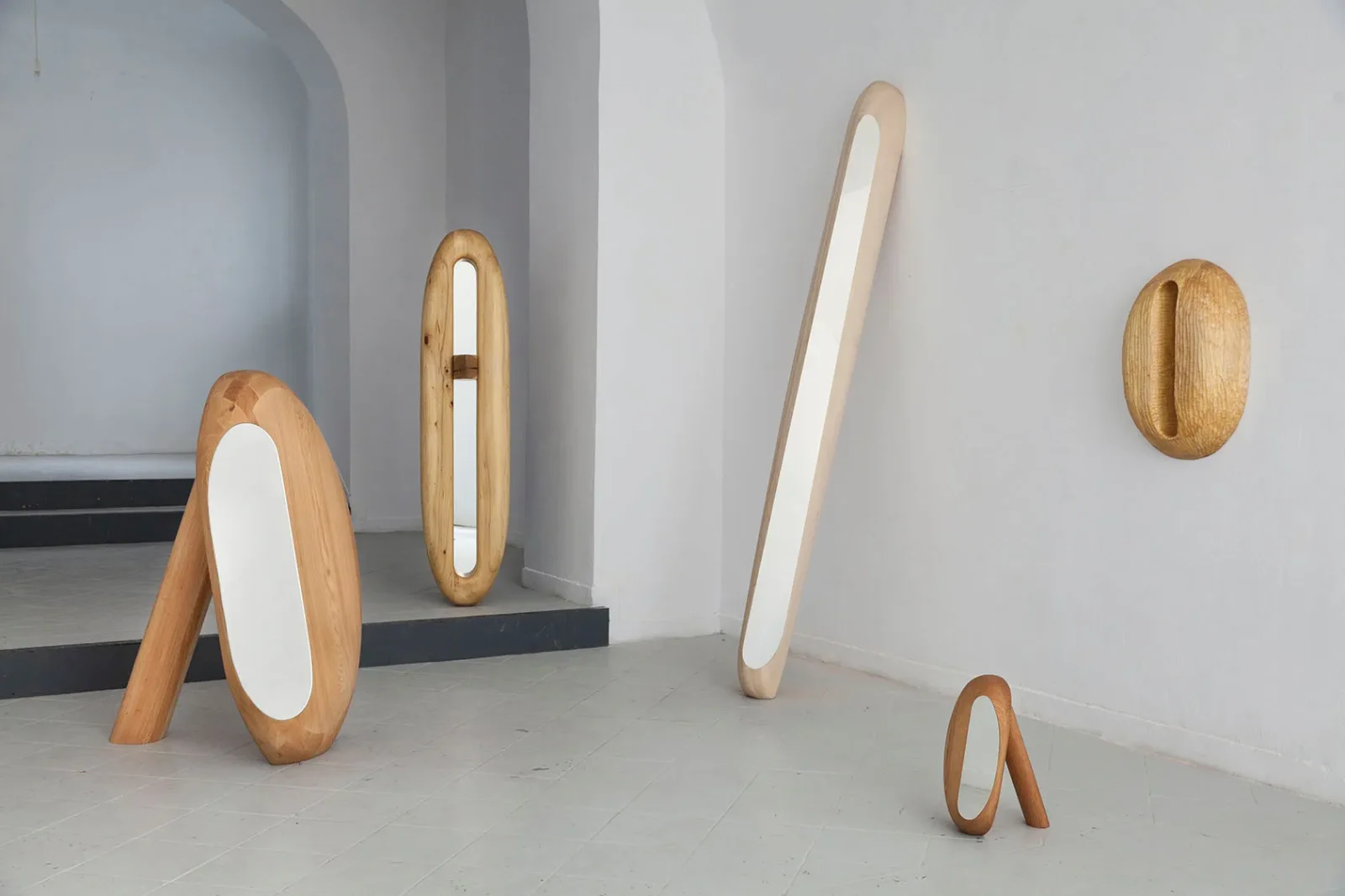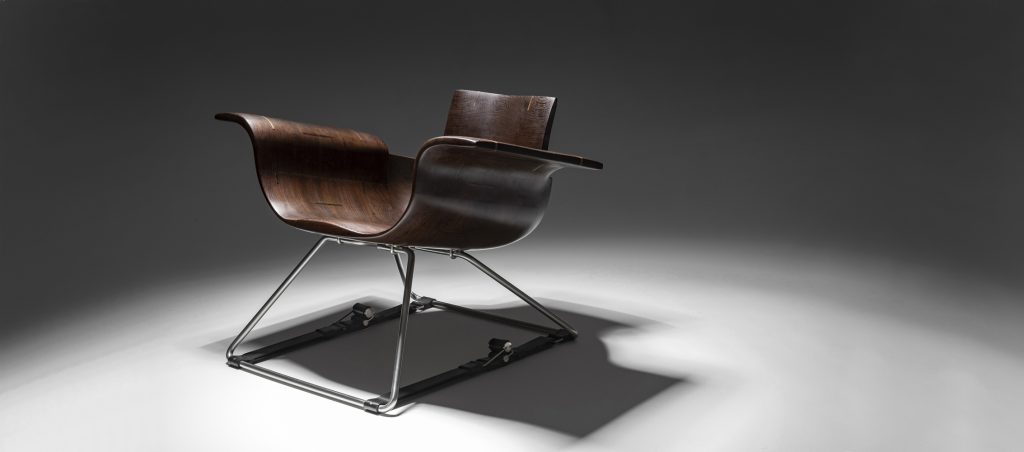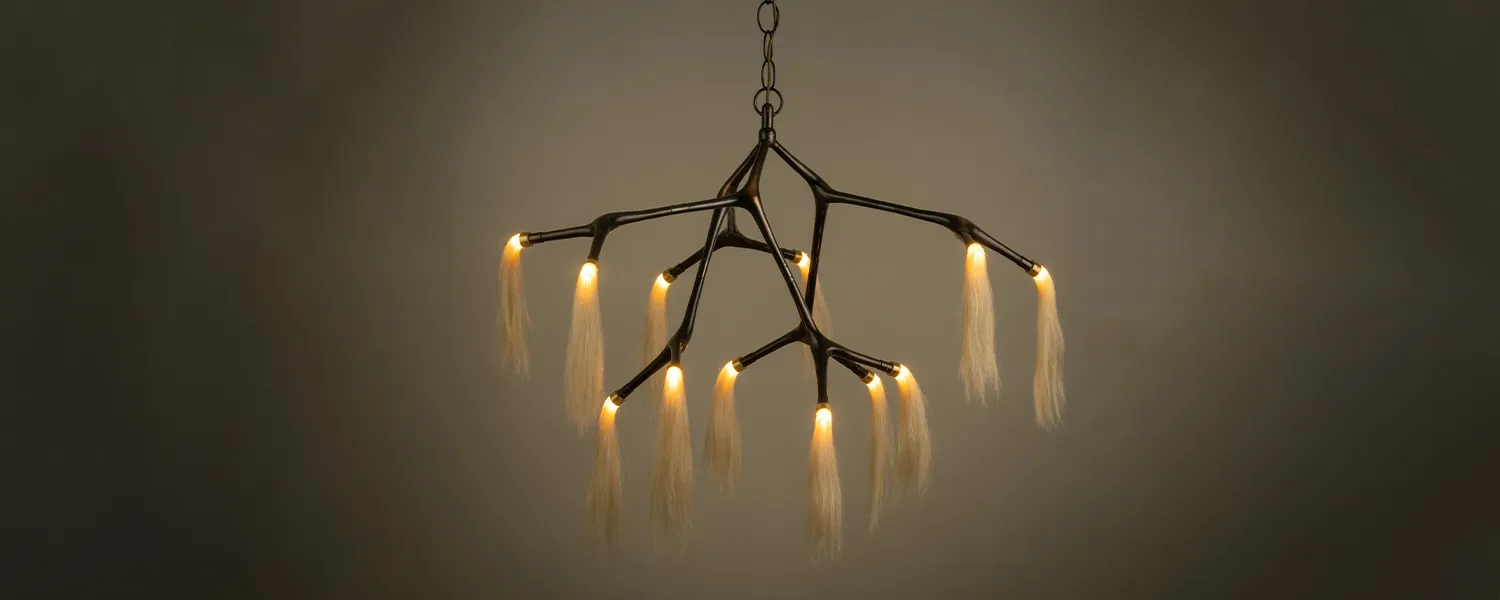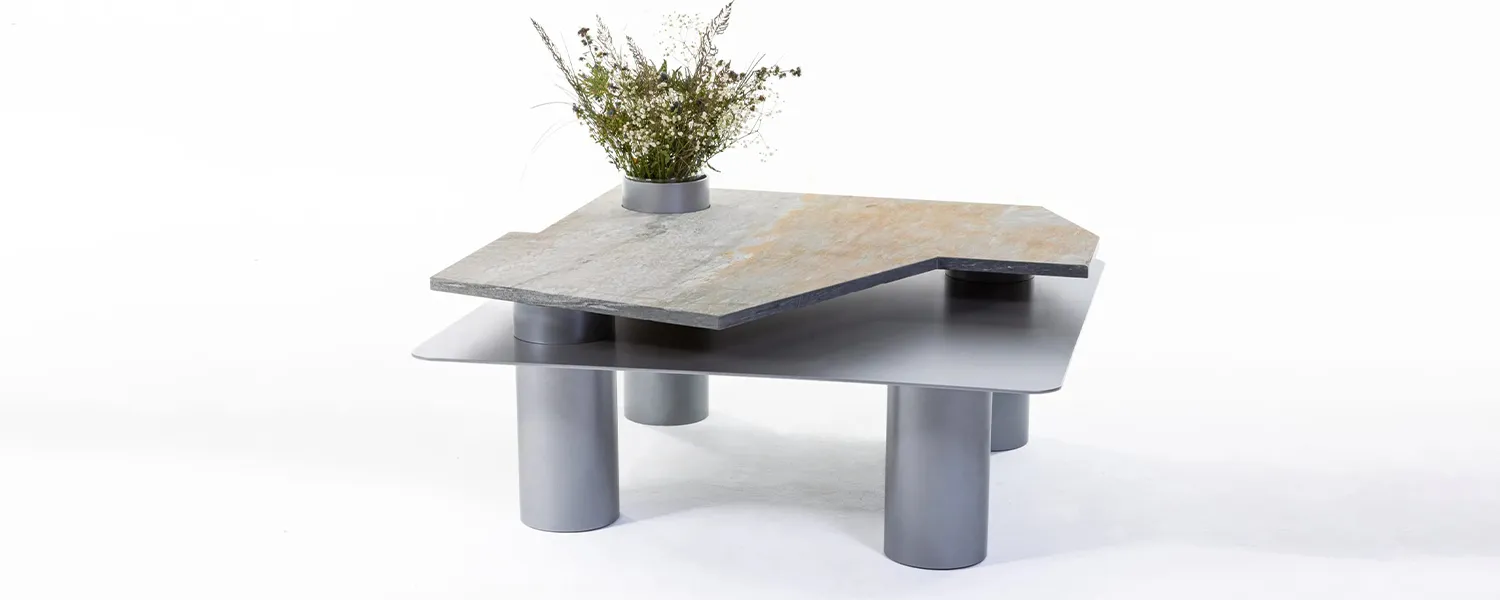
Glassblowing: A Saga of Fire and Imagination
In the late 19th century, an American glassblower who was fascinated by the science of light, and dedicated to incorporating new technologies into his work, successfully transformed and revitalized the ancient art of glassblowing. Louis Comfort Tiffany, driven by a relentless pursuit of innovation, introduced the Favrile process—a groundbreaking technique utilizing glass of varying colors and densities to produce a textured surface. This bold experimentation revolutionized the world of glass art, catapulting Tiffany to fame as he breathed new life into an industry and art form of glassblowing that had barely changed since the Medieval Period.




But glassblowing predates even the Medieval period, relying on creators like Tiffany to carry its legacy forward through the ages. Tiffany is among the many glassblowers who embody this pioneering, curious spirit—a spirit that underscores the immutable intrigue of glassblowing, an art form in perpetual evolution. This molten rhythm mirrors the fluidity and adaptability inherent in the medium itself, as glass must undergo transformation to take shape and purpose. Today, much like in Tiffany’s era, glassblowers continue to push the boundaries, experimenting with creative techniques and materials that inject new vitality into a timeless tradition.
Sticky Glass, based in Brooklyn, draws inspiration from the fluid nature of glass, while Markus Emilsson, akin to Tiffany, delves into the interplay of color and texture. Sandra Keja Planken, on the other hand, focuses on the cyclical nature of decay and renewal in the glassblowing process, incorporating remnant granules and rubble into her creations. Indeed, glass is a living entity—an ever-evolving medium that has inspired and reinvented itself throughout history. Read on to follow the fascinating evolution of glass, exploring its transformative journey through the hands of visionary artisans.






What is a Glassblower? A quick introduction to the mechanics of glassblowing
Glassblowing is an intricate and mesmerizing process where artisans shape molten glass into stunning forms. It starts with heating glass to around 2,100 degrees Fahrenheit (1,150 degrees Celsius) until it becomes pliable. The glassblower then gathers a glob of this molten glass on the end of a blowpipe. By blowing into the pipe, they create a bubble of glass. As they skillfully rotate the pipe and use various tools, they can shape the glass bubble into the desired design. Finally, the piece is placed in an annealing oven, where it cools gradually to prevent cracking. This ensures the final product is both beautiful and durable.
The Origins and Evolution of Glassblowing
The art of glassblowing has a history that spans over two millennia, evolving from simple beginnings into a sophisticated craft and industry.
Early Beginnings in Ancient Mesopotamia & Egypt
Dating back to around 3500 BCE, the ancient civilizations of Mesopotamia and Egypt saw the emergence of the earliest known glass objects, primarily beads, crafted through casting and molding techniques rather than glassblowing. The groundbreaking invention of glassblowing is attributed to the regions of Syria, Lebanon, and Israel around the 1st century BCE. This revolutionary technique transformed glass production, facilitating the creation of larger and more intricate glass objects. The swift adoption of glassblowing by the Roman Empire fueled widespread use and marked a significant leap forward in glassmaking technology.
Development and Spread of Glassblowing
During the Byzantine and Islamic periods, spanning from the 4th to the 13th centuries CE, glassmaking techniques persisted and flourished in the wake of the Roman Empire’s decline. Both the Byzantine Empire and the Islamic world saw advancements in glassmaking, with Islamic artisans introducing new styles and techniques, including the application of enamel and gilding.




As glassblowing continued to evolve, it spread across Medieval Europe from the 10th to the 15th centuries. Italy, particularly Venice, emerged as a hub for glass production, with the island of Murano gaining renown for its innovative methods and superior craftsmanship. Venetian glassmakers pioneered techniques such as cristallo, known for its clarity, and aventurine, which featured sparkling metallic inclusions, solidifying their reputation for producing high-quality glass products. Today, Murano glassblowers in Venice carry on this rich tradition, blending centuries-old techniques with contemporary innovation to create exquisite works of art coveted worldwide.
Advancement of Glass Art through the Renaissance & Industrial Era:
During the Renaissance period, from the 14th to the 17th centuries, glassmaking witnessed significant advancements that transformed the craft. Innovations in glass composition and refining techniques led to the production of clearer, more durable glass, expanding its applications across various fields. Artisans mastered the art of glassblowing, allowing for the creation of intricate and delicate glassware previously unimaginable. While Venetian glass retained its influence, other regions like Bohemia emerged as significant centers for glass production, contributing to the proliferation of glass in architecture, science, and everyday use.






The Industrial Revolution, of the 18th and 19th centuries, brought about rapid transformative changes in glassblowing. Innovations in machinery and techniques enabled mass production, revolutionizing the industry like never before. Landmark inventions like the pressing machine in 1827 and the glass bottle-making machine in 1903 marked pivotal milestones, facilitating the efficient manufacturing of glass products on an unprecedented scale. This period also saw the emergence of specialized glassblowing workshops and factories, where skilled craftsmen worked alongside new machinery to meet the growing demand for glass products in both industrial and domestic settings.
Glassblowing in the Modern Era:
In the 20th century, the studio glass movement emerged as a transformative force in the world of glassblowing, particularly gaining momentum in the 1960s under the guidance of artists like Harvey Littleton in the United States. This movement marked a significant shift in perspective, emphasizing the artistic potential of glass as a medium for self-expression and creativity. With a focus on individual artistic vision rather than mass production, studio glass artists established their own workshops and studios, breaking away from traditional factory settings. The studio glass movement sparked a global renaissance in glassblowing, which we are still currently experiencing.




Just as glass itself undergoes constant transformation under the intense heat and pressure of the glassblower’s furnace, so too does the art of glassblowing continually evolve, adapt, and be reborn. Across millennia, glassblowing has remained a fluid and ever-changing art form, shaped by the vision and ingenuity of generations of artisans. In the end, the fixed fascination of glassblowing lies not only in its beauty and craftsmanship but also in its ability to capture the very human essence of transformation and rebirth.
-

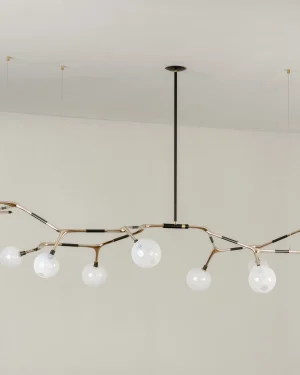 Mantis 13-piece Light FixturePrice range: €30.000 through €300.000
Mantis 13-piece Light FixturePrice range: €30.000 through €300.000 -

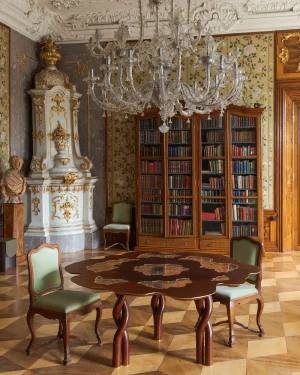 Crepuscular Dining Table – Cherry Wood / Brass€72.500
Crepuscular Dining Table – Cherry Wood / Brass€72.500 -

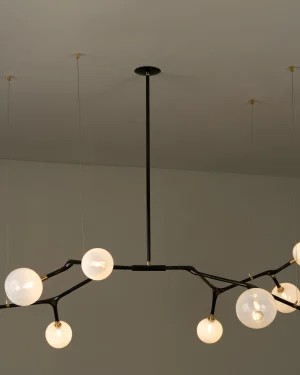 Mantis 9-piece Light FixturePrice range: €26.400 through €30.360
Mantis 9-piece Light FixturePrice range: €26.400 through €30.360 -

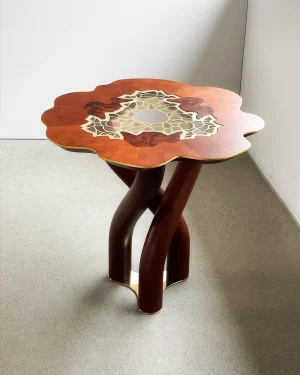 Crepuscular Side Table – Cherry Wood / Brass€22.500
Crepuscular Side Table – Cherry Wood / Brass€22.500 -

 Haptic Console Table€22.500
Haptic Console Table€22.500 -

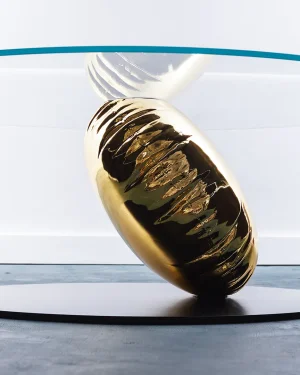 Balance Coffee Table, Matte Black & Gold Finish€18.500 incl. tax
Balance Coffee Table, Matte Black & Gold Finish€18.500 incl. tax -

 NMX.00 Copper and Glass Dining Table€17.196 incl. tax
NMX.00 Copper and Glass Dining Table€17.196 incl. tax -

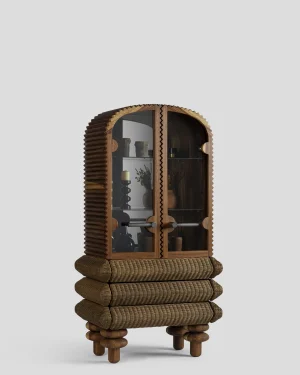 Vilma – Wood Display Cabinet€16.319
Vilma – Wood Display Cabinet€16.319 -

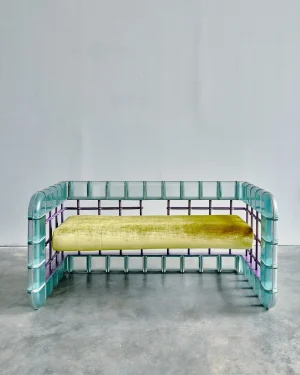 Rion Loveseat€16.250 incl. tax
Rion Loveseat€16.250 incl. tax


